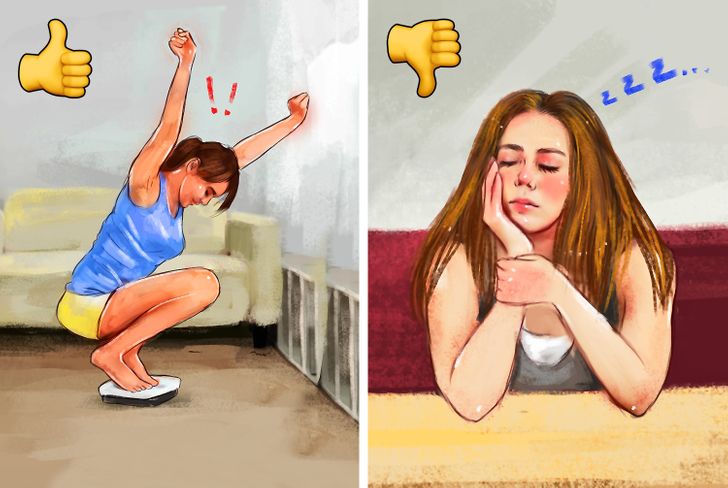What Keto Diet Is
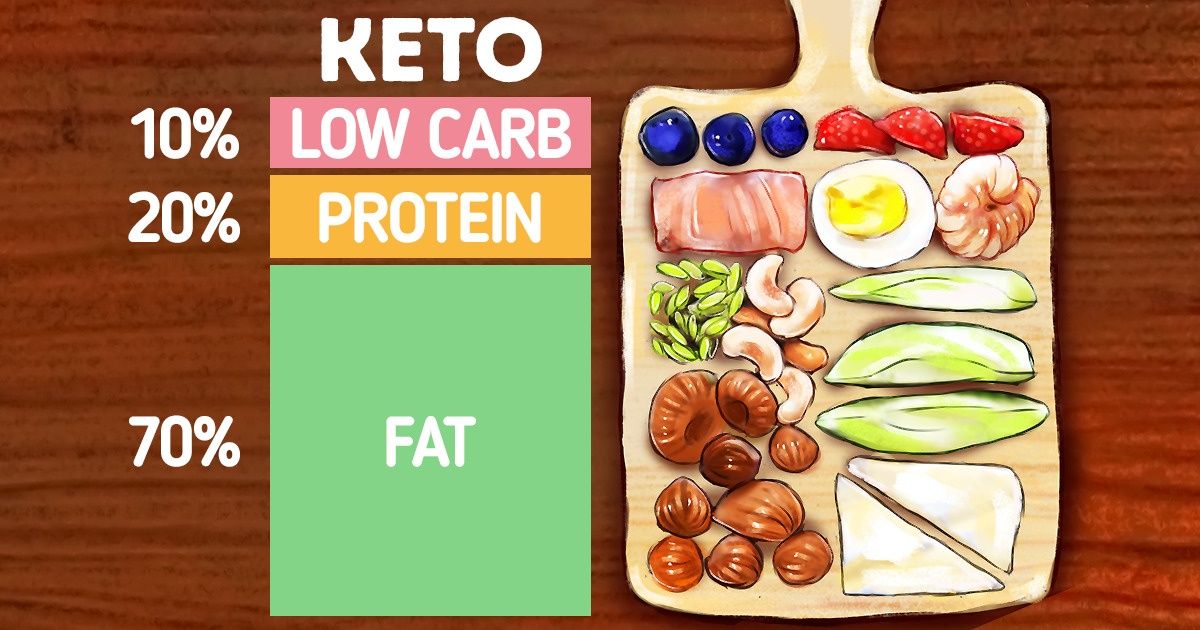
The keto diet is a low-carb and high-fat diet that helps your body to adopt an alternative way of burning fat. 5-Minute Crafts is ready to tell you all the details about this popular lifestyle approach.
❗ This article is for informative purposes only. Before considering changing your diet or lifestyle, it is highly recommended to consult with your doctor to help you choose the best plan suitable for your body and your condition.
The main principle
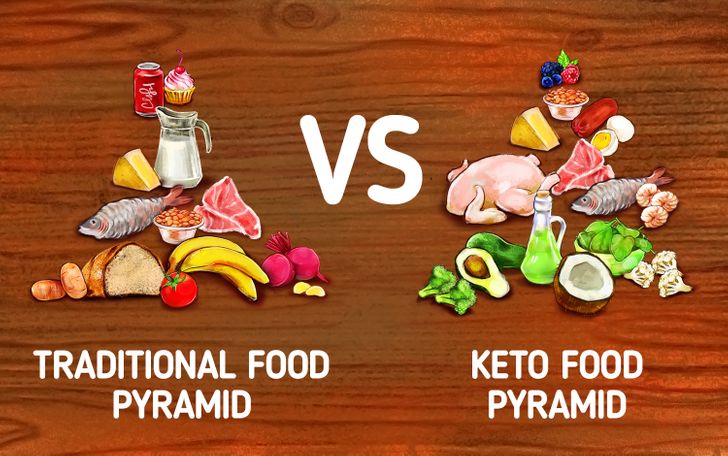
Normally, your body uses the glucose in your blood as a source of energy. This typically comes from foods like grains, legumes, vegetables, and fruits. The keto diet implies drastically cutting down on carbs and switching to foods that are higher in fat. After some time with limited carb intake, the levels of the hormone insulin will drop and the body will start releasing fatty acids from its fat stores. Most of them will then get transported to the liver, where they get transformed into ketones. Then they will be used to provide energy for the whole body.
Variations of the keto diet
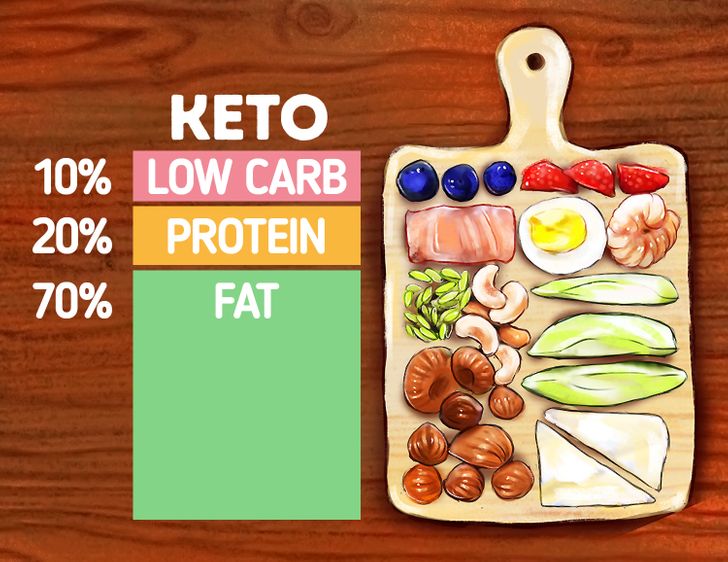
The main principle of the keto diet is to get your body into a metabolic state called ketosis. When your body doesn’t receive enough carbohydrates it starts producing ketones — chemicals created by the liver to break down fats — and uses them as an alternative source of energy. To get into this state, one usually needs to eat less than 20-50 grams of carbohydrates a day. Though, there are different types of keto diets:
- Standard ketogenic diet — very low carb (10%), moderate protein (20%), and high-fat diet (70%).
- Cyclical ketogenic diet (CKD) — implies following 5-6 days of the standard ketogenic diet and then following 1-2 days of higher-carb intake.
- Targeted ketogenic diet (TKD) — allows adding carbohydrates during the periods when you do workouts.
- High protein ketogenic diet — similar to the standard ketogenic diet, but allows you to eat more protein. The ratio is normally as follows: fat — 60%, protein — 35%, carbs — 5%.
Foods to avoid
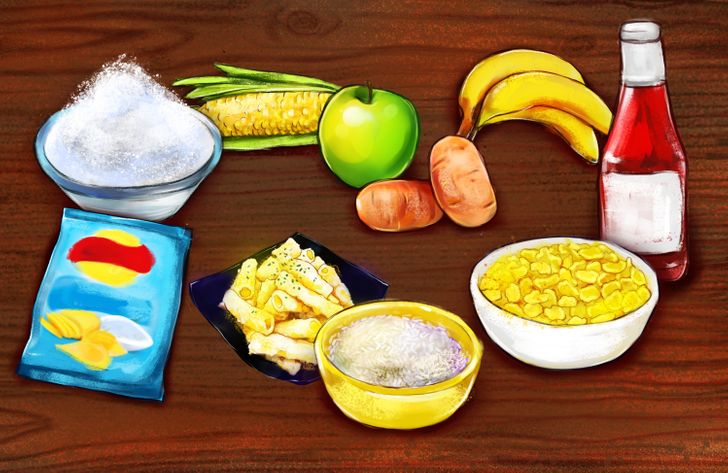
Foods that the keto diet excludes:
- Grains and starches — cereals, rice, pasta, and other wheat-based products
- Sugary treats — cakes, ice creams, candies, sodas
- Fruits — all of the fruits except moderate portions of berries
- Beans and legumes — lentils, peas, beans, chickpeas
- Root vegetables and tubers — white and sweet potatoes, carrots
- Low-fat products
- Some sauces — honey-mustard sauce, salad dressings
- Unhealthy fats — processed vegetable oils, mayonnaise
- Sugar-free drinks and treats
Foods to eat
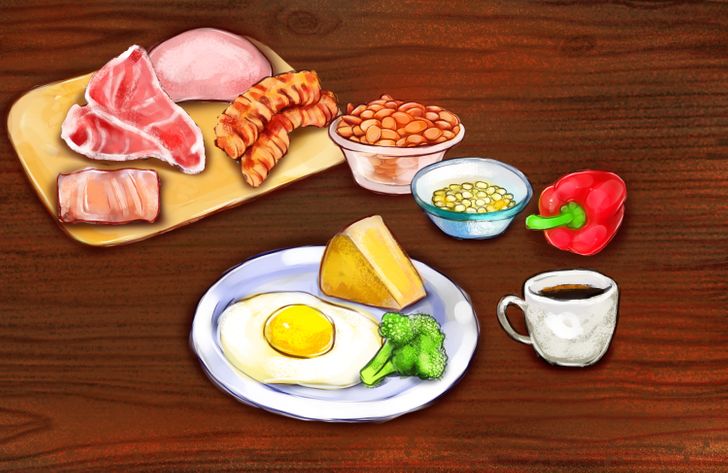
Foods that keto diet recommends:
- Meat, poultry, and its substitutes — beef, lamb, pork, sausages, extra firm tofu
- Fish and seafood — all types of fish, lobster, shrimp, squid
- Eggs
- Keto-friendly vegetables — cauliflower, avocado, broccoli, cabbage, zucchini, spinach, asparagus, kale, green beans, Brussels sprouts
- Fruit and berries — blackberries, coconut, lemons, limes, raspberries, strawberries
- Nuts and seeds
- Cheese and full-fat dairy
Pros and cons of the keto diet
A ketogenic diet might offer some health benefits:
- It can improve satiety and reduce cravings.
- It might aid weight loss and help to maintain it.
- It might improve insulin sensitivity and help manage blood sugar levels.
- It might help to improve cholesterol levels.
However, there are also some contraindications for switching to this diet. People who have any conditions involving their pancreas, liver, thyroid, or gallbladder should not consider it. Also, there are some more consequences of this diet:
- It might cause headaches, weakness, and irritability.
- It might cause fatigue and constipation.
- It might cause problems with the kidneys.
- It might lead to yo-yo dieting patterns.
